Hebosuo confirmed as national key cultural relics protection unit
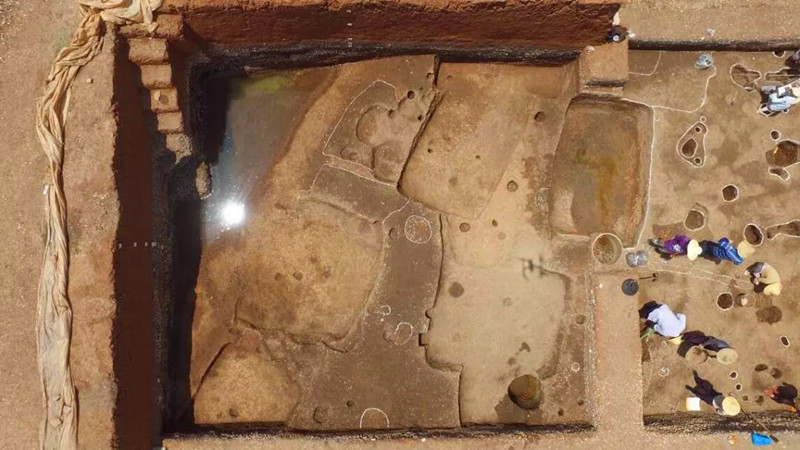 A house foundation uncovered by archaeologists
A house foundation uncovered by archaeologists
The Hebosuo Archaeological Site, located in Jinning district of Kunming, was confirmed by China’s State Council as a new national key cultural relics protection unit on October 16.
This is the third unit ever being selected in Jinning, after the Ancient Tombs of Shizhaishan and Maziha Tombstone.
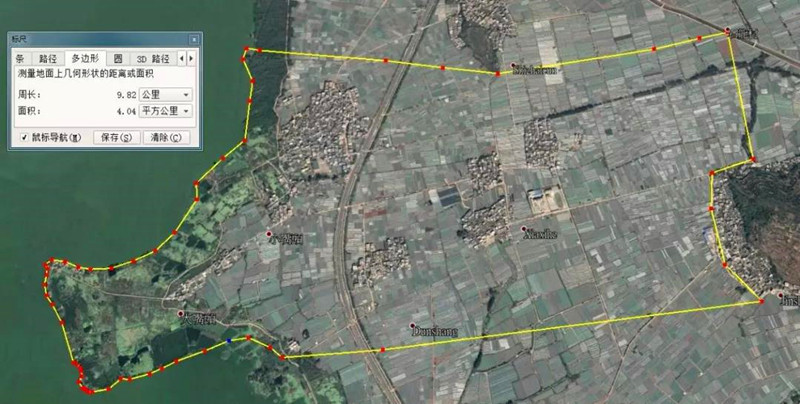 Estimated range of the Hebo Archaeological Site
Estimated range of the Hebo Archaeological Site
Discovered in 1958, Hebosuo is the archaeological site that remains some of the earliest evidences of human activities near Kunming, today’s capital city of Yunnan province. Meanwhile, it constitutes an essential part of Shizhaishan Site.
Excavations were officially launched in 2014, after a Sino-American joint research program which was carried out between 2008 and 2010.
Professor Jiang Zhilong, a leading archaeologist from the Yunnan Institute of Cultural Relics and Archaeology, said that the proven site covers an area of over 4,000,000 m², and it can be dated back to the Warring State Period (475-221 BC) and Han Dynasty (206 BC – 220 AD).
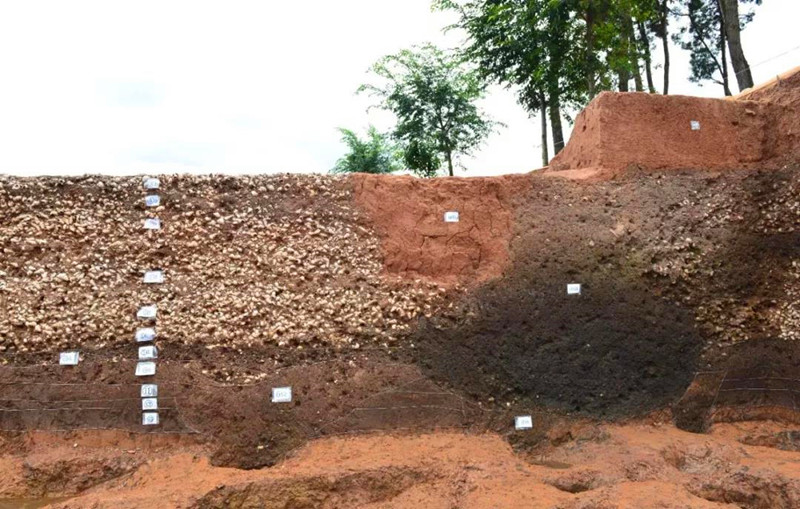 The Hebosuo Archaeological Site
The Hebosuo Archaeological Site
Results of recent fieldwork archaeology reveal that Hebosuo is a complex of archaeological sites encompassing areas for residential, commercial and religious uses.
Over 40 houses with different architectural forms, 300 tombs and several wells have been found till now. Objects being unearthed are dominated by potteries, including pots, jars, plates and vases.
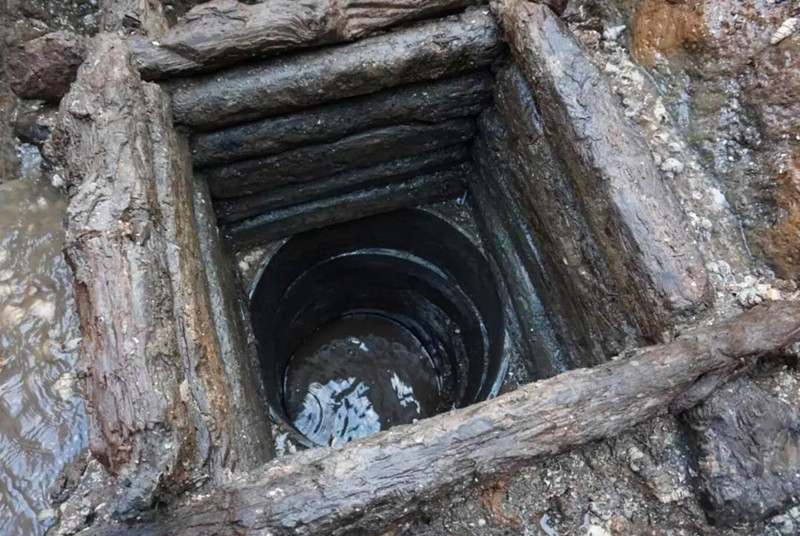 A well dating back to the Han Dynasty
A well dating back to the Han Dynasty
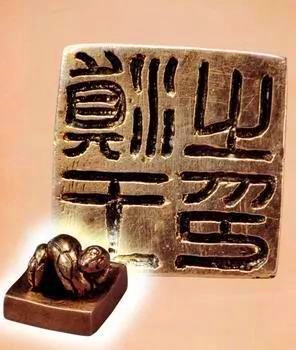
The imperial seal of Dian Kingdom
As the largest complex of archaeological sites that has ever been found in Yunnan, Hebosuo proves the long-lasting history of this land how developed it was in ancient time, according to experts.
And more importantly, the imperial seal of Dian Kingdom endowed by Wudi – one of the greatest emperors in the history of China – was uncovered nearby. This strongly backs the assumption that Yunnan's interaction and connection with China's central government can indeed be traced back to as early as 2,100 years ago.
Reporting by Zhang Yanqun (Yunnan.cn) and Zhou Zhongquan; trans-editing by Wang Jingzhong